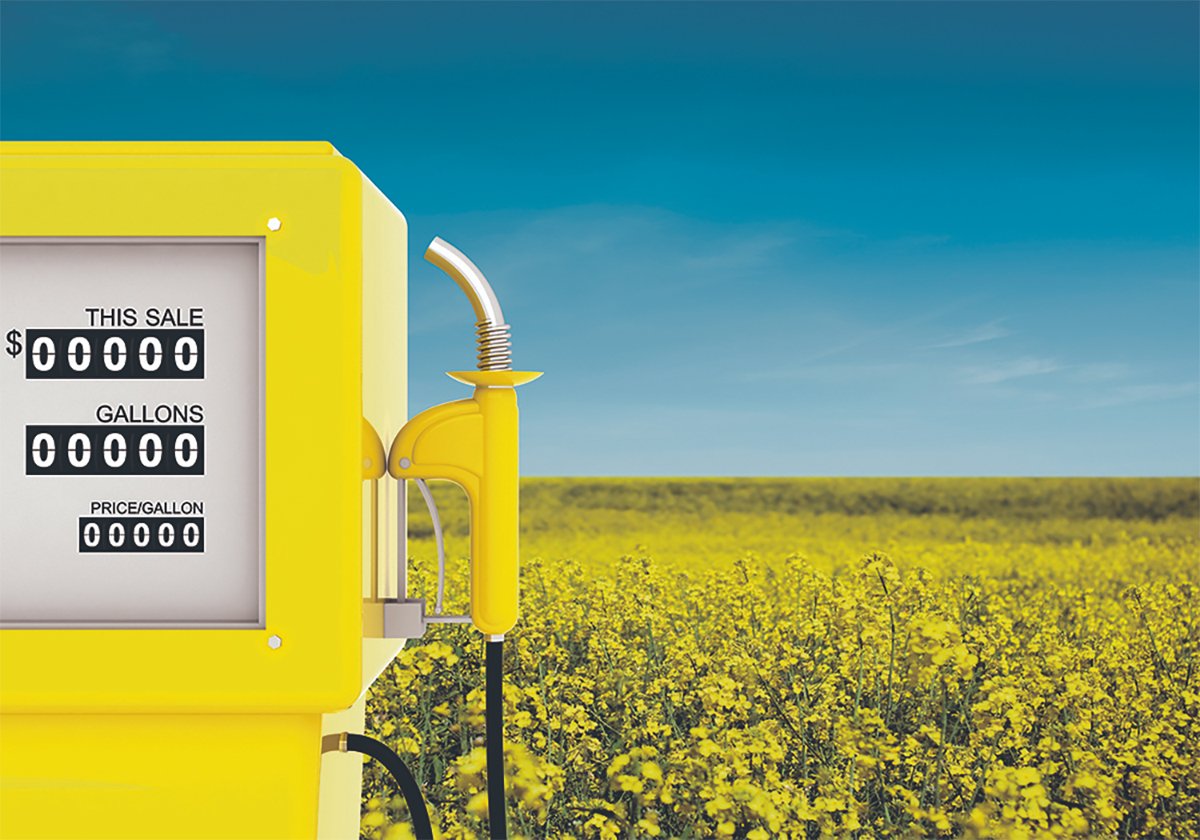Heavy rain While European farmers assess damage, Russian farmers are harvesting a bigger than expected crop
PARIS, France (Reuters) — Europe is heading toward a large wheat harvest this year but concerns are mounting that a larger than normal amount of it could only be fit to feed animals after recent heavy rain.
But in Russia, production estimates are rising as farmers enjoy excellent harvest weather.
IKAR, a leading agriculture consultancy in Russia, increased its wheat forecast to 57.5 million tonnes from an earlier forecast of 56.3 million tonnes.
Western Europe saw another rainy weekend.
Damage levels are unclear for now with farmers and analysts still assessing the state of crops as harvesting resumes, but there is little doubt there be will less wheat meeting milling standards than initially thought.
Read Also

Biofuel sector happy with federal budget
Advanced Biofuels Canada says new Biofuel Production Incentive is a lifeline until CFR amendments are in place.
“In light of the good yields expected, we can still hope to see a good milling wheat output but we are certainly heading towards a lower quality than average,” Benoit Fayaud from analysts Strategie Grains said.
“In my district, it’s hard to find crop that meets export standards,” Christophe Buisset, a farmer and head of the regional agriculture agency in Picardy a province in northern France.
“The quality is bad; we were taken aback by the Hagberg numbers.”
The quality issue mainly concerned western Europe, Romania and Bulgaria, Fayaud said.
Strategie Grains last week raised its monthly estimate for soft wheat production in the European Union to 140.5 million tonnes, now four percent above last year’s crop.
In France, the EU’s largest wheat producer and exporter, operators said only 30 percent of the crop had been cut as of July 23 after rain delayed harvesting.
Field work was resuming around Paris and in eastern France with initial results showing some damage, mainly in the measurement of milling quality, known as Hagberg numbers.
Average Hagberg could fall as low as 140-160 seconds in France this year. Last year, almost all of the crop met the key level of 220 seconds, traders said.
“What was still good milling wheat 15 days ago has just become feed wheat,” a broker in eastern France said.
Premiums for higher quality wheat have soared in French ports on fears that this year’s harvest would be poor quality. Meanwhile, feed wheat has been sold at a discount as traders anticipate hefty supplies of low-quality wheat.
But some French traders were more cautious.
In Germany, the European Union’s second largest wheat producer, rain fell just as harvesting started, raising concerns of loss of quality and that some of the crop had been flattened.
“However, the picture is still unclear and we do not know if damage has been suffered nor the possible extent,” an analyst said. “Weather in the north and northeast of the country has been much better and I do not think there will be any quality problems in north Germany.”
About 15 percent of Germany’s crop had been harvested last week.
Germany’s farm co-operatives association on July 7 predicted the 2014 wheat crop would rise 1.8 percent on the year to 25.46 million tonnes.
In Britain, the wheat harvest has barely begun but the outlook is generally favourable.
The International Grains Council has forecast a United Kingdom wheat crop of 15.5 million tonnes, up 30 percent from last season.














